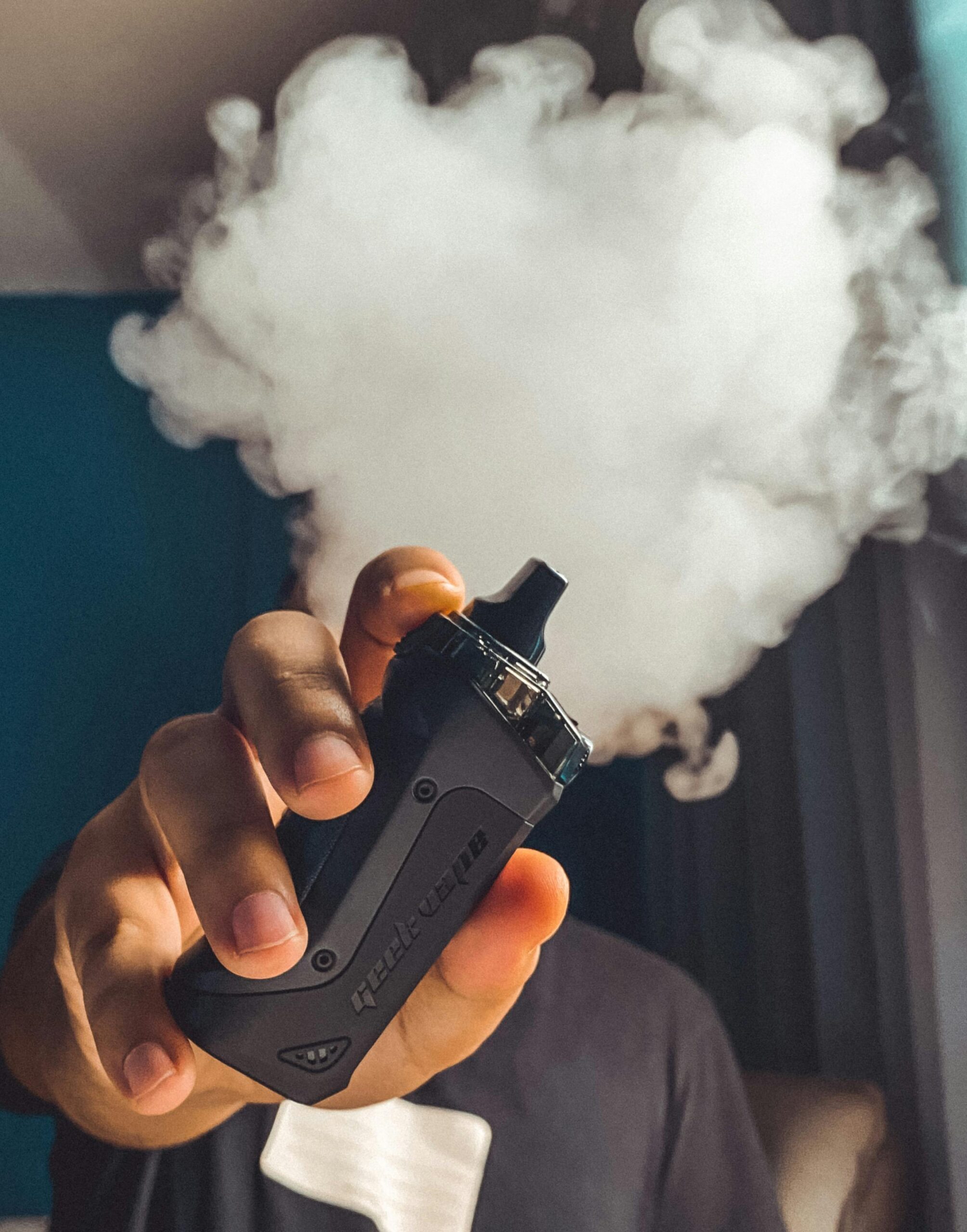Over the past decade, vaping has transformed from a niche alternative to smoking into a widespread trend among young people, particularly in the United States and Europe. While both regions share common concerns over youth access, addiction, and health effects, their patterns and regulatory responses reveal notable differences.
Rising Popularity Among Teens
In the United States, surveys such as the National Youth Tobacco Survey have consistently shown that e-cigarettes are the most commonly used tobacco product among high school and middle school students. The sharp rise began in the mid-2010s, fueled by sleek, discreet devices, sweet or fruity flavors, and aggressive social media marketing. Although rates have fluctuated in recent years due to regulations and awareness campaigns, youth vaping remains a significant public health concern.
In Europe, the picture is more varied. Countries such as the United Kingdom and France have reported steady increases in teen experimentation with e-cigarettes, often driven by similar flavor appeal and peer influence. However, in nations with stricter sales controls or cultural resistance to vaping—like Finland or Norway—youth usage rates are lower. Cross-border online sales, however, make enforcement challenging.
Motivations Behind Teen Vaping
In both regions, flavors are a central driver of teen interest. Fruity, dessert, and candy flavors mask the harshness of nicotine and make vaping more attractive to non-smokers. Many teenagers perceive vaping as less harmful than smoking traditional cigarettes, partly due to targeted marketing and misconceptions about safety.
Peer influence also plays a significant role. In schools, vaping can serve as a social activity, with shared devices and visible vape clouds reinforcing its popularity. The portability and discreet design of modern devices make them easy to conceal, allowing use in places where smoking is prohibited.
Health Concerns and Misconceptions
Health experts in both the US and Europe warn that teen vaping Hayati Pro Max Plus Pods carries substantial risks, including nicotine addiction, which can harm brain development in adolescents. There are also concerns about the inhalation of chemical additives, metals from heating elements, and the potential gateway effect leading to smoking traditional cigarettes.
A persistent misconception among teens is that nicotine-free vapes are harmless. While they lack nicotine, they still deliver aerosolized substances that may irritate or damage lung tissue over time.
Regulatory Responses
The US has taken a more centralized approach, with the Food and Drug Administration enforcing age restrictions, banning certain flavored cartridge-based products, and pursuing legal action against companies accused of marketing to minors. Some states have gone further, implementing full flavor bans or raising the legal purchase age to 21 before it became federal law.
In Europe, regulation is guided by the EU’s Tobacco Products Directive (TPD), which sets maximum nicotine levels, requires warning labels, and restricts advertising. However, individual countries have introduced additional measures, such as flavor bans (Netherlands, Estonia) or stricter online sales rules (Lithuania). The UK, despite leaving the EU, maintains TPD-aligned rules and is considering tighter controls on disposable vapes, which are popular among youth.
Conclusion
Teen vaping in the US and Europe reflects a mix of cultural trends, marketing influences, and regulatory gaps. While flavors, peer influence, and perceived safety drive uptake, public health agencies are pushing back with stricter rules and education campaigns. Addressing the trend will require a balance of enforcement, awareness, and targeted prevention strategies to protect young people from long-term nicotine dependence and health risks.






